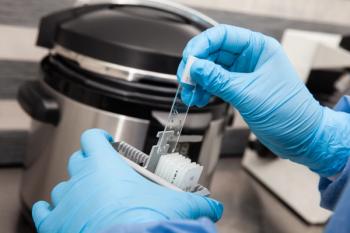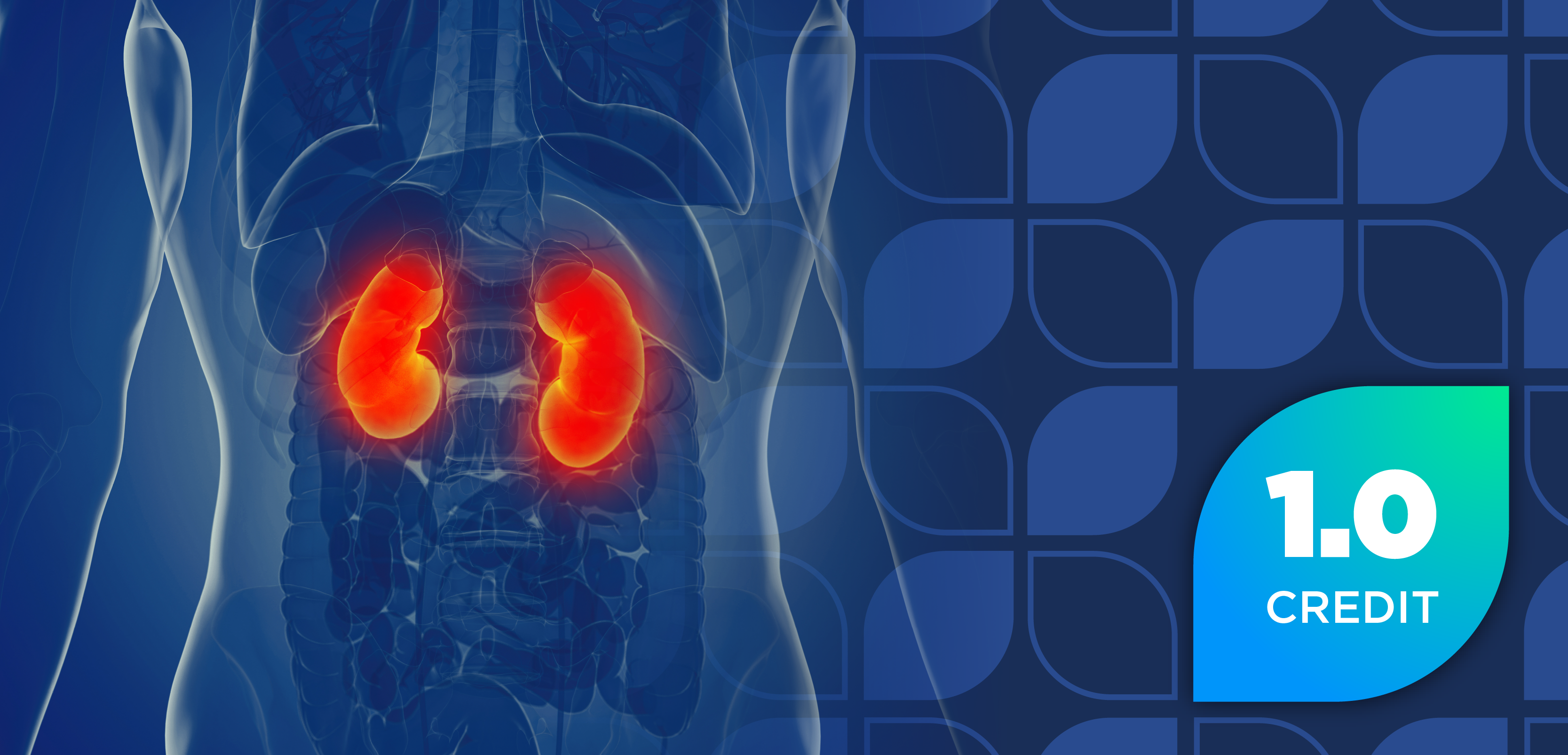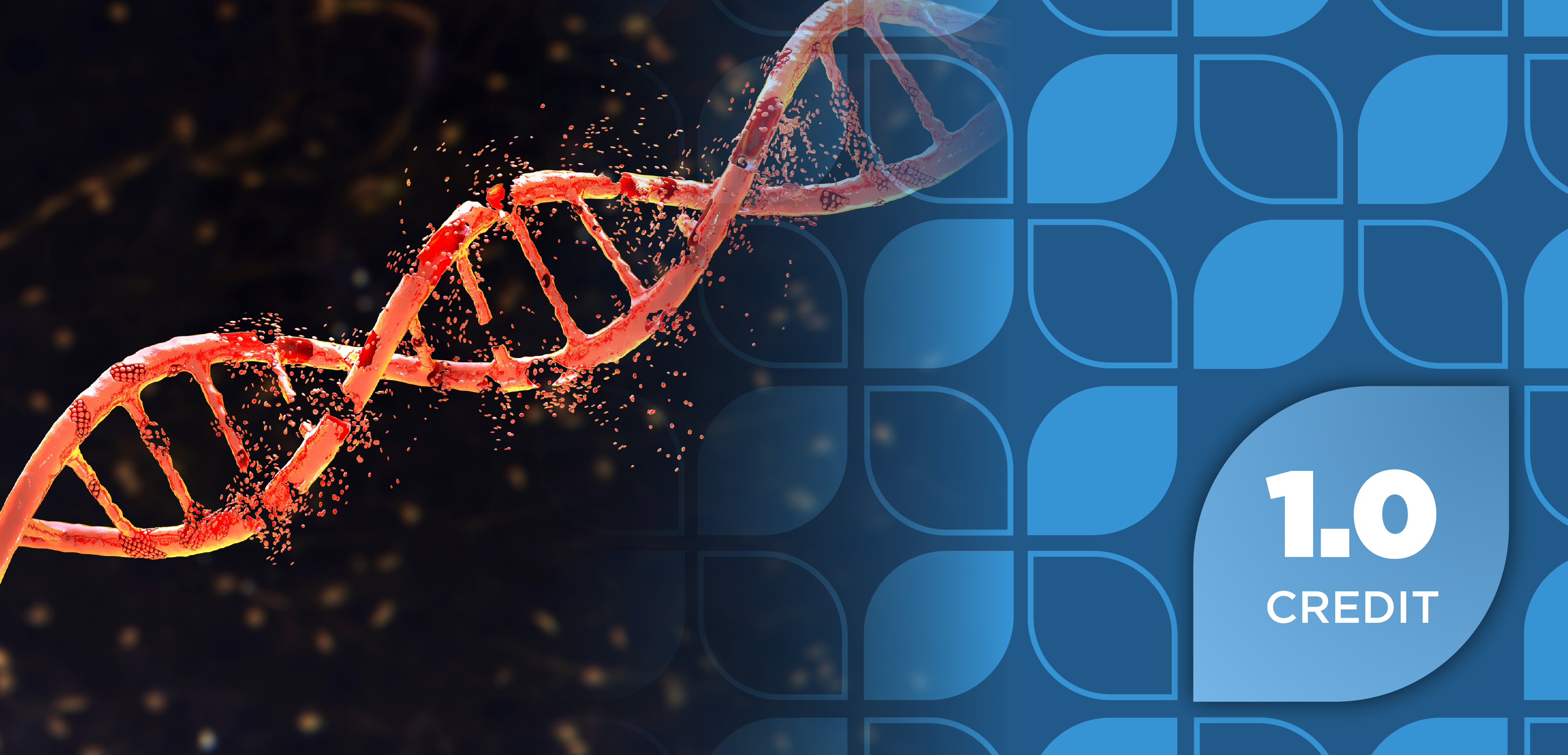
Trastuzumab and HER2-Targeted Therapy: Breaking Down the Basics
Morgan Cantley, PharmD, BCOP, shares key insights about the HER2-targeting antibody-drug conjugate trastuzumab deruxtecan.
In an interview with Pharmacy Times, Morgan Cantley, PharmD, BCOP, an oncology pharmacist at McKesson and The US Oncology Network, discussed the treatment landscape for HER2-expressing breast cancer, focusing on the antibody-drug conjugate trastuzumab deruxtecan (T-DXd, Enhertu; Daiichi Sankyo and AstraZeneca). She provides key insights about the spectrum of HER2 expression in breast cancer and T-DXd’s role in expanding treatment options for patients with HER2-low and HER2-ultra-low breast cancer.
Pharmacy Times: Can you discuss HER2-expressing breast cancer and the current treatment landscape?
Morgan Cantley, PharmD, BCOP: HER2 alterations can manifest as overexpression, amplification, or mutations. In breast cancer, we're really focused on the overexpression and amplification portion, where overexpression refers to an excess of HER2 protein on the cell surface, and amplification suggests an increased number of copies of the HER2 gene, which can in turn lead to increased protein production.
HER2 positivity, though, is a spectrum, with patients ranging from no membrane staining to complete intense staining present in more than 10% of tumor cells. Historically, patients were required to be on the upper end of this spectrum to be considered eligible for HER2-directed therapy in the breast cancer space. But in recent years, we've learned that metastatic breast cancer patients who exhibit any amount of HER2 expression may respond to therapy with HER2-directed treatment, particularly with the agent in HER2.
Pharmacy Times: Can you briefly explain the mechanism of action of T-DXd and how it differs from other HER2-targeted therapies?
Cantley: The initial HER2-targeted therapy was trastuzumab, or Herceptin (Genentech). This drug is a monoclonal antibody that binds to HER2-expressing cancer cells, inhibiting HER2 dimerization and ultimately blocking HER2 downstream signaling, leading to stunted tumor cell growth and apoptosis. Similarly, there is another monoclonal antibody, pertuzumab (Perjeta; Genentech), that works on a different HER2 epitope, leading to a synergistic effect when given in conjunction with trastuzumab. That historical background is important because the next step is antibody-drug conjugates.
There are 2 really important HER2-targeting antibody-drug conjugates: T-DM1 (ado-trastuzumab emtansine) and T-DXd. They work a little differently, but both retain a trastuzumab backbone with the addition of a cytotoxic payload. In T-DXd, the payload is deruxtecan, which is attached to trastuzumab through a cleavable linker. Unlike trastuzumab alone, T-DXd is subsequently internalized into the cell, leading to the cleavage of its linker and release of the cytotoxic payload. Because the linker is cleavable, the cytotoxic payload exhibits a bystander effect and can cause destruction to surrounding cells, even if they aren’t HER2-expressing.
Pharmacy Times: Can you discuss the supporting data from the DESTINY-Breast trials?
Cantley: HER2 overexpression and amplification have been key targets in recent drug approvals. As mentioned earlier, we now understand that patients with lower HER2 expression can still benefit from HER2-targeted antibody-drug conjugates. The DESTINY-Breast04 trial (NCT03734029)1 looked at T-DXd in HER2-low metastatic breast cancer in second and subsequent lines of therapy. Most patients had hormone receptor–positive disease (90%), but a few were triple-negative. Patients were considered HER2-low if they had an immunohistochemistry score of 1+ or 2+ with negative in situ hybridization results. This is important because this subtype accounts for 50% to 60% of patients with metastatic HER2-negative breast cancer, a large group that previously lacked treatment options. Among 713 patients, median progression-free survival was about 5 months longer with T-DX compared to physician’s choice chemotherapy, with a hazard ratio of 0.5, which was statistically significant.
More recently, DESTINY-Breast06 (NCT04494425)2 evaluated hormone receptor–positive, HER2-low disease, as well as a group with HER2 ultra-low disease, including patients with IHC 0 but some membrane staining. A key difference from DESTINY-Breast04 was that T-DXd was used as the first cytotoxic agent in the metastatic setting. Similar to the earlier trial, there was roughly a 5-month progression-free survival benefit, with a median of 13.2 months for T-DXd vs about 10 months in DESTINY-Breast04. Comparing HER2-low and ultra-low subtypes, progression-free survival differences were similar, leading to approval of T-DXd for hormone receptor–positive, HER2 ultra-low disease.
Pharmacy Times: What are the most common adverse events associated with T-DXd, and how are they typically managed?
Cantley: All HER2-targeting agents carry a warning for reduced left ventricular ejection fraction, so baseline and periodic monitoring are recommended throughout treatment. T-DXd also contains cytotoxic chemotherapy components, so toxicities differ from trastuzumab or pertuzumab and are more similar to traditional chemotherapy: neutropenia, diarrhea, nausea and vomiting, fatigue, and alopecia. A rare but serious [adverse] effect is interstitial lung disease or pneumonitis, occurring at rates up to 12% in metastatic breast cancer and other solid tumors treated at the 5.4-mg/kg dose. Providers should monitor for respiratory symptoms throughout treatment.
REFERENCES
1. Trastuzumab deruxtecan (DS-8201a) versus investigator's choice for HER2-low Breast cancer that has spread or cannot be surgically removed [DESTINY-Breast04]. Updated April 11, 2024. Accessed May 31, 2025. https://clinicaltrials.gov/study/NCT03734029
2. Study of trastuzumab deruxtecan (T-DXd) vs Investigator's choice chemotherapy in HER2-low, hormone receptor positive, metastatic breast cancer (DB-06). Updated June 18, 2025. Accessed August 15, 2025. https://clinicaltrials.gov/study/NCT04494425
Newsletter
Stay informed on drug updates, treatment guidelines, and pharmacy practice trends—subscribe to Pharmacy Times for weekly clinical insights.


























































































































































































































